Hindu Symbols
This page lists of the various symbols in the Hindu Symbols group.
Symbols in this group:
Ajna: The Brow Chakra
Ajna is symbolised by a lotus with two petals, and corresponds to the colours violet, indigo or deep blue, though it is traditionally described as white. It is at this point that the two side nadis Ida and Pingala are said to terminate and merge with the central channel Sushumna, signifying the end of duality.
Anahata: The Heart Chakra
Anahata, or Anahata-puri, or padma-sundara is symbolised by a circular flower with twelve green petals. (See also heartmind.) Within it is a yantra of two intersecting triangles, forming a hexagram, symbolising a union of the male and female. The seed mantra is Yam, the presiding deity is Ishana Rudra Shiva, and the Shakti is Kakini.
Aum or Om Symbol
Aum or Om (in Devanagari ॐ) is one of the most sacred symbols in Hinduism. In Sanskrit known as praṇava (प्रणव) lit. "to sound out loudly" or oṃkāra (ओंकार) lit. "oṃ syllable")
Banana
First cultivated in Southeast Asia and New Guinea, the banana is now an important crop in many parts of the world. Although the symbolic meaning of the banana varies quite sharply from area to area, individual connotations can reveal important insights into the cultures from which they originate.
Betel Leaf
The betel leaf, also called as paan ka patta (Hindi), is used in all important Hindu festivals and occasions. It is a simple leaf, yet comes with powerful health benefits and is also an important ingredient in the Ayurveda. Betel leaf is native to South-East Asia and is considered as important as the Tulasi leaf.
Boar
When it comes to symbolic meaning, the boar can be distinctly different from the “pig”, so this article will only address the former. While there are some general connotations to the boar that are fairly easy to understand, there are also innumerable cultural associations that follow in the tracks of this animal, wherever it happens to reside.
Coconut
Usually associated with tropical climates, elaborate cocktails and high-calorie pastries, the coconut also has cultural symbolism on a more esoteric level.
Conch
Tibetan Buddhists make use of a particular set of eight auspicious symbols, ashtamangala, in household and public art. Some common interpretations are given although each symbol although different teachers may give different interpretations.
The right-turning white conch shell (Sanskrit: Śaṅkha; Tibetan: དུང་གྱས་འཁྱིལ, Wylie: dung gyas 'khyil), representing the beautiful, deep, melodious, interpenetrating and pervasive sound of the Buddhadharma, which awakens disciples from the deep slumber of ignorance and urges them to accomplish their own welfare and the welfare of others;
In Hinduism the Conch is an attribute of Vishnu as is the Wheel (Sudarshana). Vaishnavism holds that Shakyamuni Buddha is an Avatar of Vishnu.
Elephant
As one of the animal kingdom's largest and most powerful members, the elephant carries important symbolism in many cultures.
Jackal
In certain parts of the world, the jackal often carries negative meaning, and some would argue that even the word “jackal” sounds harsh to the ears. This, however, is not the complete picture, and here we’ll examine some of these symbolic meanings and pinpoint specific aspects of the animal’s nature that has led humanity to classify jackals the way they have.
Lotus
In terms of symbolic importance, the lotus has achieved a status that has seldom been equaled by any flower. Its beauty, perfume and central place in many belief systems has made it a true monarch of the botanical world. It would be highly difficult to enumerate all the symbolic meanings of the lotus, so this article will provide a basic overview along with a few specific examples of cultures where the flower holds special significance.
Mango
Juicy, sweet and a perfect messy handful, mangoes have been cultivated by humans for thousands of years. They have been a culinary staple in everything from spicy condiments to sweet pastries to alcoholic beverages, and their importance doesn’t stop there; the mango is a highly symbolic fruit, particularly in India, where it plays a role in numerous religious and cultural traditions.
Manipura: The Solar Plexus Chakra
Manipura or manipuraka is symbolised by a downward pointing triangle with ten petals, along with the color yellow. The seed syllable is Ram, and the presiding deity is Braddha Rudra, with Lakini as the Shakti.
Muladhara: The Root Chakra
Muladhara or root chakra is symbolised by a lotus with four petals and the color red. This center is located at the base of the spine in the coccygeal region. It is said to relate to the gonads and the adrenal medulla, responsible for the fight-or-flight response when survival is under threat.
Nataraja
Nataraja symbol is a representation of dancing form of Lord Shiva. The dance form is called as ‘Taandavam’ or ‘Nadanta’. It is considered one of the finest illustrations of the Hindu culture and art. Nataraja is a Sanskrit word meaning that Lord Shiva is the King (Raja) of dance (Nata).
Navaratnas
The word “navaratna” (meaning ‘nine gems’ in Sanskrit) refers to an ancient Indian astrological system in which nine specific gems are used to represent the heavenly bodies.
Peacock
Although indigenous to the Indian sub-continent, the peacock has spread far beyond its native land and acquired symbolic meaning in a number of diverse cultures.
Rice (grain)
Throughout East and South Asia, rice cultivation stretches back many thousands of years, and it remains an immensely important foodstuff in both regions today. Over its very long history, this simple grain has acquired a vast number of symbolic meanings. While these connotations vary in specifics from region to region, they also display certain common themes.
RUDRAKSHA
Rudraksha is a seed used as a bead for offering prayers to Lord Shiva in Hinduism. The seeds are worn as a necklace (mala) for protection. People also chant the ‘Om Namah Shivaya’ mantra with the beads as a reference for counting. The beads come in different segments (faces/mukh) and beads and some seeds are very rare and highly valued.
Sacred Thread
The sacred thread is also called Yagnopaveetam in Sanskrit and is a set of thin threads tied by men. Each culture within Hinduism has a different meaning and story behind the sacred thread. It is called as Janeu in Hindi and Poonal in Tamil.
Saffron
Saffron is a spice with both culinary uses and symbolic importance. Difficult to find and time consuming to gather and process, it was highly prized by many cultures and has acquired a number of important meanings over the centuries.
Sahasrara
Sahasrara (Sanskrit: सहस्रार, Sahasrāra), or Sahastrara, is the seventh primary chakra, according to Hindu tradition.
The Sahasrara is described as having 1,000 multi-coloured petals which are arranged in 20 layers, each of them with 50 petals. The pericarp is golden and a circular moon region is inscribed on it with a downward pointing triangle.
Sandalwood
Sandalwood is famous for its highly fragrant aroma, and its symbolic meanings largely stem from this quality. Both the wood itself and products made from it have occupied a significant place in many circles.
Shivling or ling or shivalingam
The Lingam or Shivaling is considered to be a form of Lord Shiva in the Hindu Mythology. It has special powers and many people pray and perform rituals on the shivling for good health, peace and prosperity.
Snake
It's not much of an exaggeration to say that snakes are the most symbolically charged members of the entire animal kingdom. All across the world, snakes have occupied the entire spectrum between reverence and hatred. What is particularly notable about snakes (although not unique by any means) is that they can be both admired and feared in the same culture without one symbolic facet canceling out the other. Whether they're seen as the embodiment of evil or as the repository of ultimate wisdom, the cultural importance of these creatures cannot be overstated.
Star of Lakshmi
The Star of Lakshmi is a complex {8/2} star figure (i.e. two squares with the same centre at 45° angles), and figures in Hinduism, where it represents Ashtalakshmi, the eight forms, or "kinds of wealth", of the goddess Lakshmi.
Sudarshan Chakra
The Sudarshan Chakra is a spinning disk like weapon that has 108 saw-like edges. It is said to be the weapon of the Hindu god Lord Vishnu.
Swadhisthana: The Sacral Chakra
Swadhisthana, Svadisthana or adhishthana is symbolised by a white lotus within which is a crescent moon, with six vermillion, or orange petals. The seed mantra is Vam, and the presiding deity is Brahma, with the Shakti being Rakini (or Chakini). The animal associated is the crocodile of Varuna.
Swastika Symbol
The swastika (from Sanskrit svástika) is an equilateral cross with its arms bent at right angles, in either right-facing form or its mirrored left-facing form. Archaeological evidence of swastika-shaped ornaments have been dated to the Neolithic period and was first found in the Indus Valley Civilization of the Indian Subcontinent. It occurs today mainly in the modern day culture of northern India, sometimes as a geometrical motif and sometimes as a religious symbol.
Tiger
In parts of Asia, the tiger supplants the lion as the so-called “King of Beasts”. Its ferocity and majestic appearance have given it important symbolic meaning in cultures throughout the continent.
Tripundra
Tripundra, believed to be a spiritual symbol in the tradition of Lord Shiva, consists of three horizontal lines and a red mark (usually dot) on the center line. The lines are made with the sacred ash (from the remains of the sacred fire) and the Tripundra is usually put on the forehead. Tripundra can be applied on other parts of the body too, like the hands or chest.
Trishulam, Trishul or Trishula
Trishul (Trident) is believed to be the tool or weapon (astra in Sanskrit) of the Hindu God, Lord Shiva. The Trishul is a powerful tool which has 3 prongs like a fork, each of which represents the three fundamental aspects of life – the Ida, Pingala and Sushumna.
Tulasi Plant
Tulasi, also called as the Indian Basil has a lot of significance in the Hindu mythology. People worship the plant like a goddess (deity) and consider it a very sacred plant. Tulasi is an excellent herb and has many healing properties.
Vishuddha: The Throat Chakra
Vishuddha (also Vishuddhi) is depicted as a silver crescent within a white circle, with 16 light or pale blue, or turquoise petals. The seed mantra is Ham, and the residing deity is Panchavaktra shiva, with 5 heads and 4 arms, and the Shakti is Shakini.
Citation
Use the citation below to add this symbols group page to your bibliography:
Style:MLAChicagoAPA
"Hindu Symbols." Symbols.com. STANDS4 LLC, 2025. Web. 22 Feb. 2025. <https://www.symbols.com/group/29/Hindu+Symbols>.




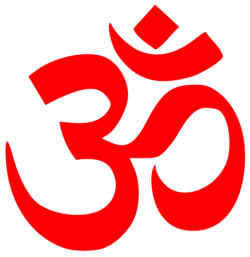
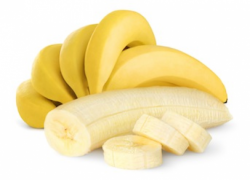


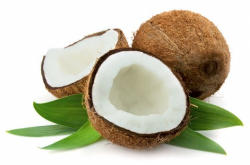
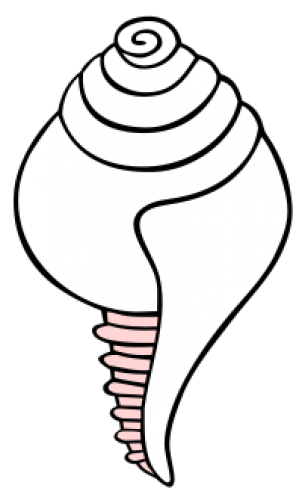

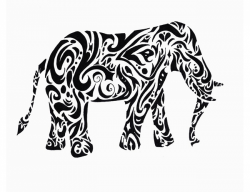
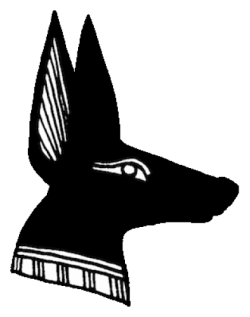
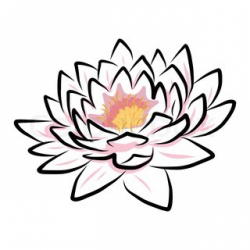
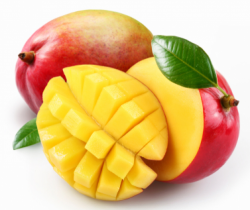


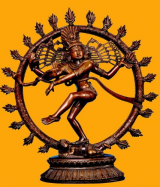
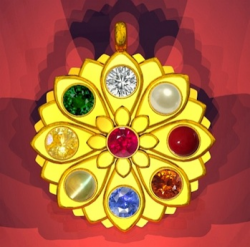
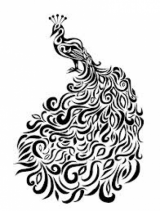
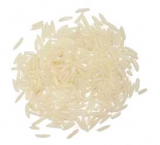
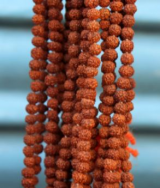
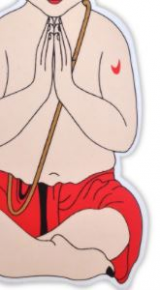
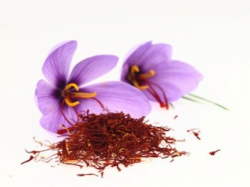
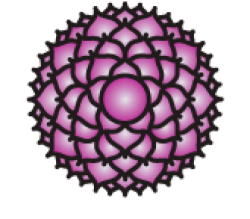
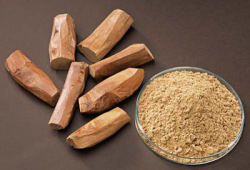



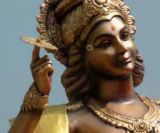





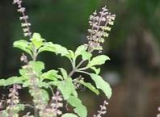






Have a discussion about the Hindu Symbols group with the community:
Report Comment
We're doing our best to make sure our content is useful, accurate and safe.
If by any chance you spot an inappropriate comment while navigating through our website please use this form to let us know, and we'll take care of it shortly.
Attachment
You need to be logged in to favorite.
Log In